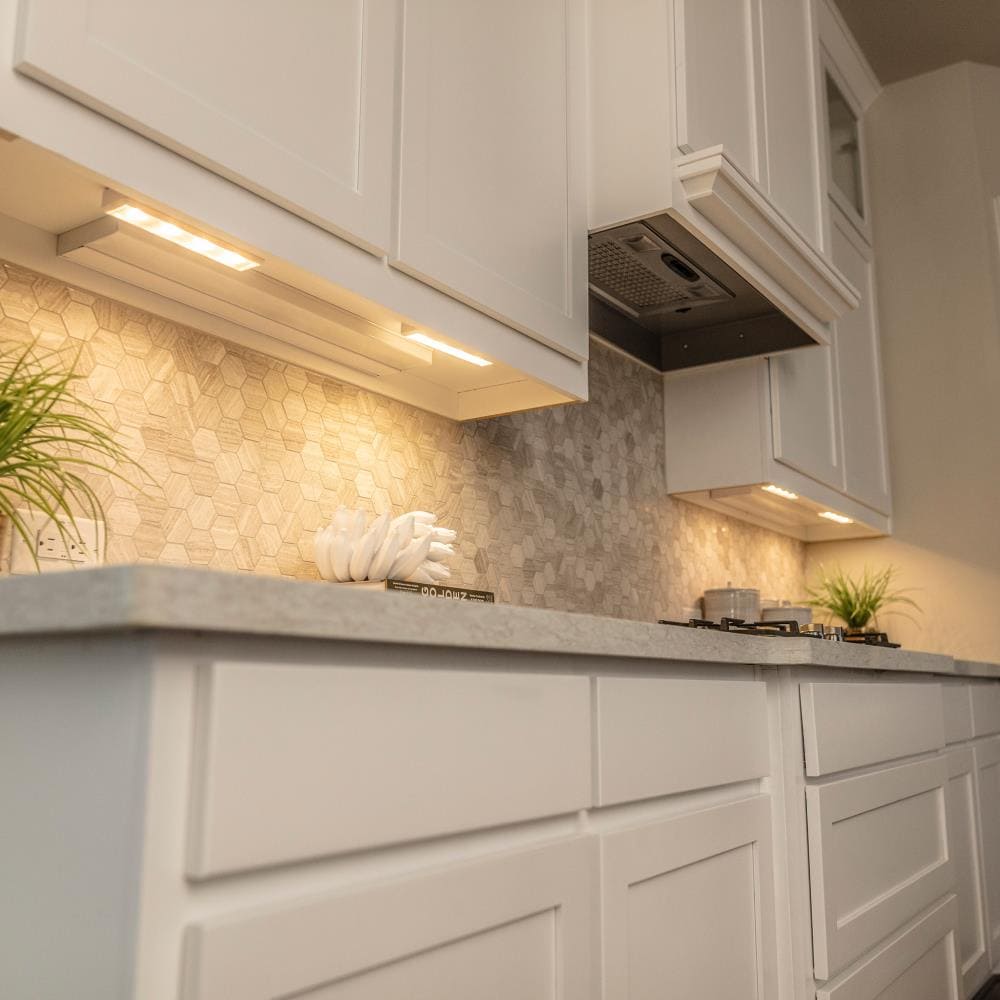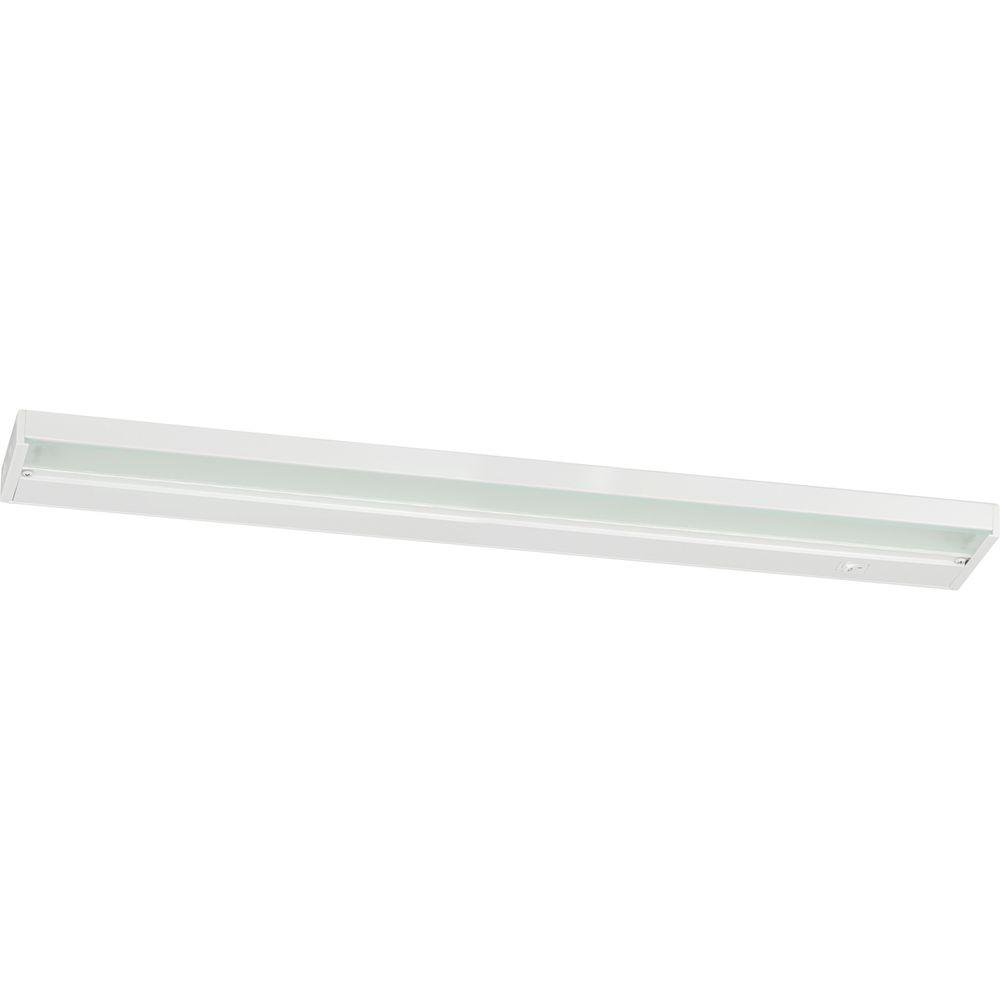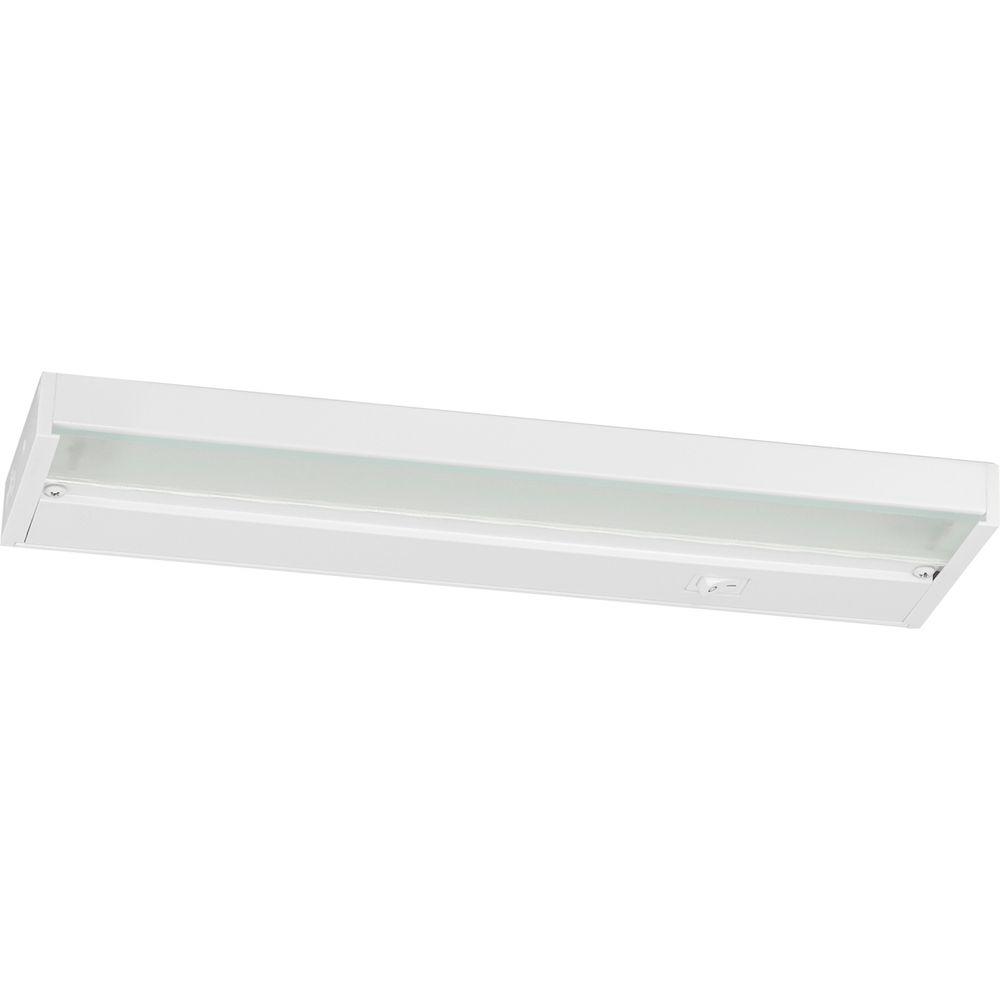Types of Under Cabinet Lighting: Progress Under Cabinet Lighting

Under cabinet lighting is a popular way to illuminate countertops and workspaces, adding both functionality and style to your kitchen. It offers focused task lighting, enhancing visibility and creating a more inviting ambiance.
Types of Under Cabinet Lighting
There are several types of under cabinet lighting available, each with its own set of advantages and disadvantages.
LED Strips
LED strips are thin, flexible strips of lights that can be easily installed under cabinets. They are highly energy-efficient, lasting for thousands of hours, and come in various color temperatures, allowing you to adjust the ambiance.
Puck Lights
Puck lights are small, round lights that can be mounted directly under cabinets. They are typically less expensive than LED strips and offer a focused beam of light.
Fluorescent Fixtures
Fluorescent fixtures are traditional under cabinet lighting options. They are generally brighter than LED strips and puck lights but consume more energy and have a shorter lifespan.
| Type | Features | Pros | Cons |
|---|---|---|---|
| LED Strips | Thin, flexible, various color temperatures, energy-efficient, long lifespan | Energy-efficient, long lifespan, customizable color temperature, versatile installation | Can be more expensive than puck lights, may require a specialized power supply |
| Puck Lights | Small, round, focused beam of light, typically less expensive | Affordable, easy to install, focused light | Less energy-efficient than LED strips, shorter lifespan |
| Fluorescent Fixtures | Traditional, brighter than LED strips and puck lights | Bright light output | Higher energy consumption, shorter lifespan, less versatile |
Benefits of Under Cabinet Lighting

Under cabinet lighting is a versatile and practical solution that can transform any kitchen or workspace. It provides a functional and stylish way to illuminate your space, enhancing both aesthetics and functionality.
Improved Task Lighting
Under cabinet lighting significantly enhances task lighting, making it easier and more comfortable to perform various tasks in the kitchen or other workspaces. The focused illumination directly illuminates the work surface, reducing shadows and eye strain.
- Cooking: Under cabinet lighting illuminates the stovetop and countertops, making it easier to see what you’re cooking and preventing accidents. This is especially helpful when working with delicate ingredients or using sharp knives.
- Food Preparation: When prepping food, under cabinet lighting allows you to clearly see what you’re doing, minimizing the risk of cuts or spills. The light also helps to highlight the colors and textures of ingredients, making food preparation more enjoyable.
- Working on Projects: Under cabinet lighting is ideal for illuminating work surfaces, making it easier to complete projects like crafting, painting, or assembling furniture. The focused light helps to reduce eye strain and improve accuracy.
Creating a Warm and Inviting Atmosphere, Progress under cabinet lighting
Under cabinet lighting can be used to create a warm and inviting atmosphere in your kitchen or other spaces. The soft, ambient light can transform the space, making it feel more welcoming and comfortable.
- Setting the Mood: By using warm-toned LED lights, you can create a cozy and inviting ambiance in your kitchen. This is especially effective in the evenings, creating a relaxing atmosphere for entertaining guests or enjoying a quiet meal.
- Highlighting Architectural Features: Under cabinet lighting can be used to highlight architectural features, such as cabinet doors, backsplashes, or decorative elements. This can add depth and dimension to your space, making it more visually appealing.
- Enhancing the Overall Design: Under cabinet lighting can complement the overall design of your kitchen or workspace. By using different types of lights and placement, you can create a unique and stylish look that reflects your personal taste.
Installation and Design Considerations

Installing under cabinet lighting involves more than just attaching fixtures. It requires careful planning to ensure the lighting is functional and aesthetically pleasing. Factors like the size and layout of the space, the type of lighting used, and the desired brightness level all play a crucial role in achieving the desired outcome.
Choosing the Right Under Cabinet Lighting
The size and layout of the space significantly influence the type and quantity of under cabinet lighting needed. A well-designed lighting plan ensures adequate illumination without creating glare or shadows. Here are some considerations:
- Small Spaces: For compact kitchens or cabinets, LED tape lights are ideal due to their slim profile and flexibility. They can be easily installed under cabinets, providing a subtle and efficient illumination solution.
- Large Spaces: Larger kitchens or cabinets may require multiple fixtures or longer LED tape lights to provide sufficient illumination. Consider using a combination of different lighting types, such as LED tape lights and puck lights, to create a balanced lighting scheme.
- Layout: The layout of cabinets and appliances impacts the placement of under cabinet lighting. For example, in a galley kitchen, installing lights along both sides of the cabinets ensures adequate illumination for the entire space. In a U-shaped kitchen, strategic placement of lights above the sink and countertops is essential.
Installing Under Cabinet Lighting
Installing under cabinet lighting involves several steps, and the process varies depending on the type of lighting used.
Installing LED Tape Lights
- Prepare the Installation Area: Clean the surface where the LED tape light will be installed. Remove any dust or debris that could interfere with the adhesive.
- Measure and Cut the LED Tape Light: Measure the length of the cabinet where the tape light will be installed. Cut the LED tape light to the desired length using a pair of scissors.
- Connect the Power Supply: Connect the LED tape light to the power supply. Ensure the polarity is correct to avoid damage to the lights.
- Attach the LED Tape Light: Peel off the adhesive backing and attach the LED tape light to the underside of the cabinet. Press firmly to ensure a secure bond.
- Test the Installation: Turn on the power supply and test the LED tape light to ensure it is working properly.
Installing Puck Lights
- Mark the Installation Points: Use a pencil to mark the locations where the puck lights will be installed. Ensure the lights are evenly spaced and positioned for optimal illumination.
- Drill Holes: Drill holes at the marked locations using a drill bit that is slightly smaller than the diameter of the puck light’s mounting screws.
- Install the Mounting Brackets: Insert the mounting brackets into the drilled holes and secure them with screws. Ensure the brackets are level and secure.
- Connect the Puck Lights: Connect the puck lights to the mounting brackets and secure them with screws. Ensure the wires are connected correctly to avoid damage to the lights.
- Connect the Power Supply: Connect the puck lights to the power supply. Ensure the polarity is correct to avoid damage to the lights.
- Test the Installation: Turn on the power supply and test the puck lights to ensure they are working properly.
Installing Under Cabinet Light Bars
- Mark the Installation Points: Use a pencil to mark the locations where the light bars will be installed. Ensure the light bars are evenly spaced and positioned for optimal illumination.
- Drill Holes: Drill holes at the marked locations using a drill bit that is slightly smaller than the diameter of the light bar’s mounting screws.
- Install the Mounting Brackets: Insert the mounting brackets into the drilled holes and secure them with screws. Ensure the brackets are level and secure.
- Connect the Light Bars: Connect the light bars to the mounting brackets and secure them with screws. Ensure the wires are connected correctly to avoid damage to the lights.
- Connect the Power Supply: Connect the light bars to the power supply. Ensure the polarity is correct to avoid damage to the lights.
- Test the Installation: Turn on the power supply and test the light bars to ensure they are working properly.
Tools and Materials
Here is a checklist of tools and materials needed for installing under cabinet lighting:
- Tools:
- Screwdriver
- Drill
- Level
- Measuring Tape
- Pencil
- Wire Strippers
- Wire Connectors
- Scissors (for LED tape lights)
- Materials:
- Under Cabinet Lighting Fixtures
- Power Supply
- Mounting Brackets (if required)
- Screws
- Wire
- Electrical Tape
Progress under cabinet lighting has revolutionized kitchen design, providing both functionality and style. For a cohesive look, consider incorporating a light oak wall cabinet into your space. The warm tones of oak complement the soft glow of under cabinet lighting, creating a welcoming and inviting atmosphere.
Progress under cabinet lighting has come a long way, with LED strips offering energy efficiency and sleek design. Whether you’re looking to illuminate your kitchen countertop or enhance the ambiance of a cozy reading nook, these lights can transform a space.
For those seeking a new home to personalize with stylish lighting solutions, consider exploring the options for Durham 1 bedroom apartments , where you can create a space that reflects your unique style. With the right lighting, you can enhance the functionality and beauty of any room, from your kitchen to your living space.